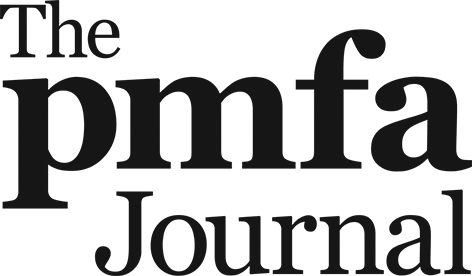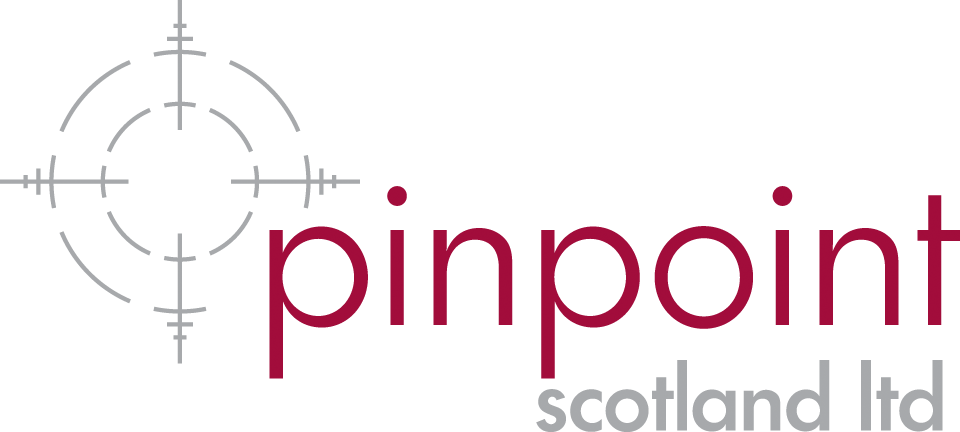From the first chapter, this book is fully comprehensive in not only medical aesthetics but more specifically the finer details of how medical aesthetics differs between male and female patients, covering both non-surgical and surgical aspects.
This book discusses male pattern balding and non-surgical aesthetics, including botulinum toxin, dermal fillers (calcium hydroxyapatite specifically), and chemical peels, as well as energy device treatments, and some surgical procedures such as liposuction.
There is also a chapter on Fitzpatrick skin types concerning laser, topical treatments, and chemical peels, as well as a chapter on transgender patients and how the use of non-surgical and surgical techniques can enhance cosmetic outcomes. The final chapter highlights body dysmorphic disorder (lightly), a combination approach rather than one size fits all, and future considerations. The images are excellent and are used in fluency with the descriptiveness of the procedures. The anatomical images are both drawings and cadaveric images. These serve the purpose of demonstrating where boundaries of muscles start / stop / inset and the depth of these structures. The book is written by a professor of dermatology with an active practice in New York City. My favourite aspect of this book is the ‘Pearls’ section at the end of each chapter; these really are pearls of information that appear to have been written after years of experience.
Professor Brauer has stepped away from the binary aspects of toxin teaching and demonstrated the variation in individuals leading to very different injection patterns, I found this aspect very refreshing. As an added extra the book has QR codes throughout linking to videos of practical procedures; these videos are not accompanied by sound and do not have a prescriptive guide of ‘how to’, but merely serve to give an example of how something is done well and with real-time results. This book is extremely comprehensive and serves well as a reference on what to consider when assessing and treating patients for cosmetic procedures. I would recommend this book to anyone with an active practice in non-surgical aesthetics.




